Vision
CSUCI aspires to be recognized nationally as a leader in providing equitable, affordable, and transformative education that enables social and economic mobility for its diverse student population.
Mission
Placing students at the center of the educational experience, California State University Channel Islands provides undergraduate and graduate education that facilitates learning within and across disciplines through integrative approaches, emphasizes experiential and service learning, and that it graduates students with multicultural and international perspectives.
Guiding Themes
- Commitment to Students and Community
- Equity and Inclusion
- Aspiration, Innovation, and Tolerance for Risk
- Evidence-Based Decision Making and a Commitment to Long-Range Planning
1. Educational Excellence 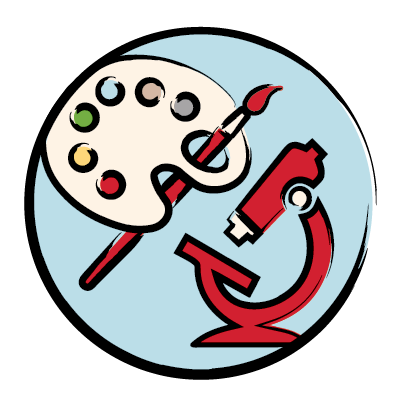
Ensuring students graduate with the high-level knowledge, skills and experience necessary for engaged citizenship and career success.
Collaborating across Academic and Student Affairs to increase student engagement.
1.1 Continue to develop courses that are interdisciplinary and immersive, which provide opportunities for deep learning and the cultivation of critical thinking skills.
1.2 Increase opportunities for students to engage with the regional community to apply their learning and address meaningful challenges.
1.3 Continue to expand opportunities for students to develop a deep sense of civic engagement to become catalysts for social and economic progress in the community.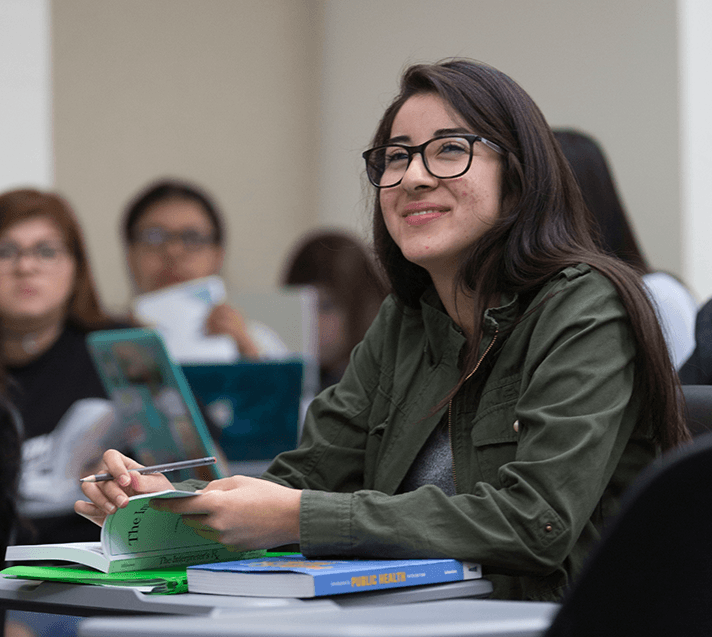
1.4 Ensure that all students experience multiple high-impact learning opportunities through the course of their education (e.g., capstones, study abroad, living-learning communities, field courses, internships, etc.)
1.5 Expand opportunities for undergraduate research and creative activity across the curriculum.
1.6 Expand on-campus student employment opportunities that directly improve student success while simultaneously fostering leadership, critical thinking and communication skills (e.g., peer mentoring, in class tutoring).
1.7 Increase co-curricular engagement to strengthen community and support the achievement of academic goals.
Assuring faculty and programs are supported to promote educational excellence.
1.8 Continue to improve tenure density to ensure student access to meaningful mentorship and guidance from faculty.
1.9 Develop a comprehensive Academic Master Plan to outline projected academic degrees, certifications and credentials.
1.10 Provide increased support for faculty development that enhances the quality of teaching, research and creative activity.
1.11 Support staffing strategy for Academic Affairs to free faculty time to engage in instructional and scholarly pursuits.
2. Student Success 
Ensuring all students progress to degree completion in a timely manner regardless of their background.
Creating clear curricular pathways.
2.1 Increase academic support for students in the first-year (e.g., proactive advising, embedded tutors, peer mentors, block scheduling).
2.2 Improve timeliness of admissions and enrollment (e.g., implement an E-Transcript reader program).
2.3 Implement a campus-wide approach to meet requirements of Executive Order 1110 to ensure that the curriculum, student support and placement procedures facilitate student success in mathematics and quantitative reasoning.
Promoting timely degree progression.
2.4 Provide timely access to student success and other relevant data to enable evidence based decision making across every division of the University.
2.5 Examine and remove administrative barriers that impede timely degree completion.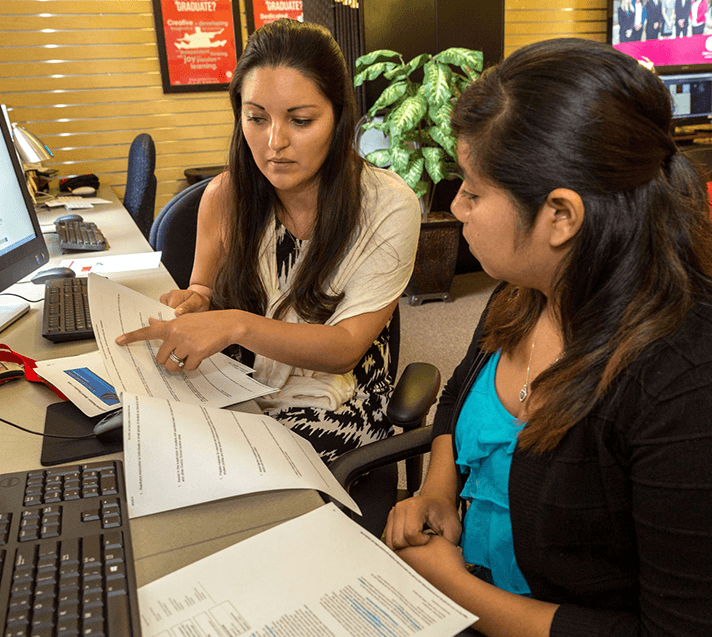
2.6 Ensure that students have the opportunity and structured support (including four-year degree maps for all programs) to complete 30 credits every year.
2.7 Expand evening, online and summer session offerings to enhance timely degree progression.
2.8 Establish a Curriculum Action Team to review the full complement of our curriculum to eliminate confusing and unintended consequences of curricular complexity.
2.9 Develop a comprehensive strategic enrollment management plan.
Developing innovative partnerships between Academic and Student Affairs.
2.10 Assess and modify orientation to directly support student success and ensure that students develop a strong sense of self-efficacy, belonging and accountability for learning.
2.11 Use data to assess the overall effectiveness of student advising and develop a plan to provide practice student support that leads to enhanced student success.
2.12 Continue to improve seamless community college transfer and seek opportunities for enhanced collaboration with community college partners.
2.13 Expand partnerships between career services, internships and alumni engagement to enhance post graduate success.
2.14 Build partnerships with existing social service providers throughout the county to expand the basic needs resources available to support students.
3. Inclusive Excellence 
Fostering a campus culture that advances inclusive excellence.
Developing a collective understanding of equity and inclusion.
3.1 Build a shared understanding of inclusive excellence that includes the development of operational definitions.
3.2 Establish a biennial climate survey and utilize results to enhance campus climate, equity and inclusion.
3.3 Engage faculty, staff and students in structured opportunities for dialogue across divergent viewpoints.
3.4 Celebrate campus accomplishments and highlight excellence in equity and inclusion.
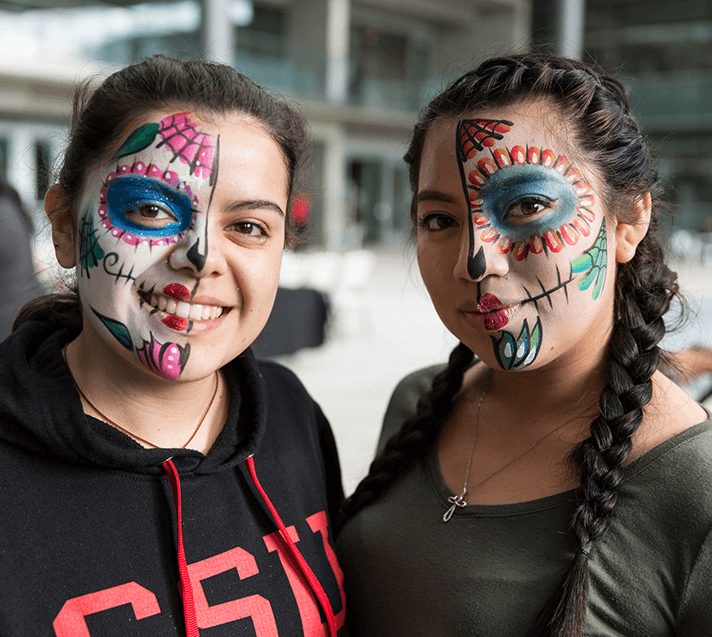
3.5 Develop a framework that will allow for the development and review of University policies through an equity lens.
Improving graduation rates for students from historically underserved populations.
3.6 Expand culturally responsive curricular and co-curricular offerings that infuse inclusivity and holistic student development throughout the student experience.
3.7 Develop a hiring strategy to ensure the continued expansion of diverse faculty and staff to advance academic excellence and student success.
3.8 Analyze disaggregated student success data across the University to identify barriers to completion and develop a campus-wide strategy to eliminate student equity gaps.
4. Capacity and Sustainability 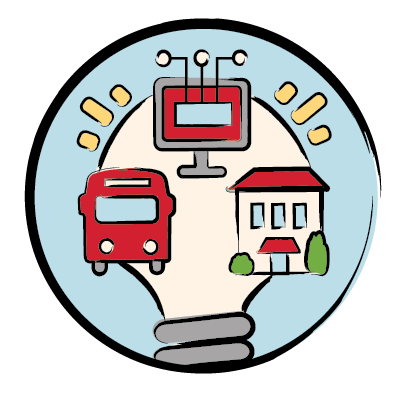
Taking action to sustain and advance a robust University in an era of declining state support.
Building self-sustaining programs and initiatives that support an equitable and thriving community.
4.1 Work in concert with business and community leadership to develop programs and initiatives that contribute to a robust economy and engaged citizenship.
4.2 Expand opportunities to serve as a social and intellectual resource for our community.
4.3 Develop Extended University offerings in concert with area businesses, communities and other regional stakeholders that support economic vitality and civic prosperity.
Developing a culture of philanthropy.
4.4 Increase philanthropic support for the University by strengthening existing cross-divisional partnerships focused on enhanced alumni engagement and philanthropic support.
4.5 Assess internal and external community perception of the University and develop a plan to expand awareness of the University’s connection to economic vitality, social mobility and engaged citizenship.
4.6 Engage the University community in identifying fundraising priorities that directly support the Strategic Initiatives and launch a focused and aggressive fundraising effort to support them.
4.7 Create an “Opportunity Hub” designed to connect community support with University needs.
Enhancing faculty and staff development and support.
4.8 Expand professional development opportunities that cultivate leadership skills and enhanced career success for faculty and staff (e.g., mentorships, CI Connect, etc.).
4.9 Identify solutions to the timely response and proactive resolution of workplace conflicts that are not part of a formal process.
Promoting sustainability as an integral part of University planning and operational activities.
 4.10 Continue to pursue efficiency and assess effectiveness in administrative services and systems.
4.10 Continue to pursue efficiency and assess effectiveness in administrative services and systems.
4.11 Maximize efficiencies by expanding opportunities for cross-divisional collaboration and communication, as well as realigning resources (human, programmatic, financial) in support of the University’s Strategic Initiatives.
4.12 Leverage technology to allow more time for people to engage in the activities that require human intervention (e.g., eliminating rote manual processes in favor of automatic ones).
4.13 Invest in physical infrastructure that facilitates inquiry and discovery with a particular emphasis on the expansion of public-private-partnerships that are consistent with the academic mission of the University, support environmental sustainability and generates revenue.
4.14 Develop a strategy to leverage the use of online, hybrid and year-round courses to enhance access, improve timely degree progression and maximize the utilization of limited physical infrastructure.
4.15 Create a comprehensive transportation strategic plan to decrease the number of single user trips to campus and increase opportunities for alternative means of transportation.
Resources
Strategic Initiatives full version (PDF, 276KB)
Strategic Initiatives Projects 2018-2021
Strategic Initiatives Implementation Team (PDF, 439KB) (2018-2019)
Strategic Initiatives glossary (PDF, 25KB)
Strategic Initiatives Work 2018 -2021
Inclusive Excellence Action Plan (IEAP) (January 2021 - Present)
More information can be found on the IEAP website.
